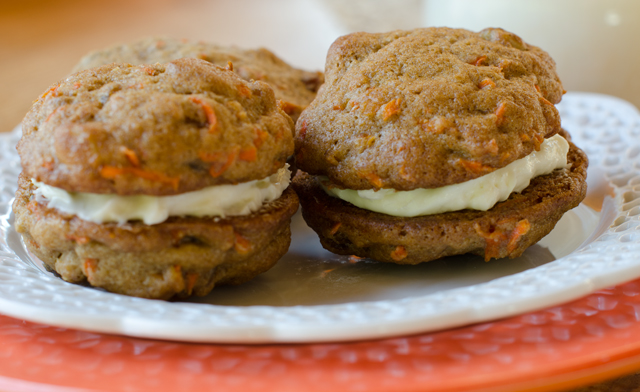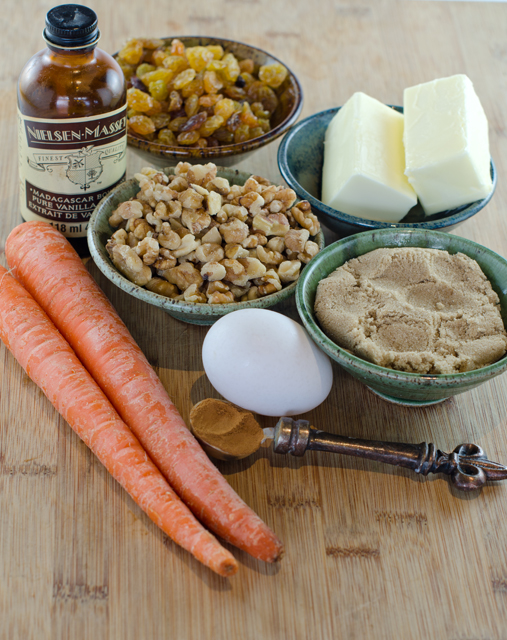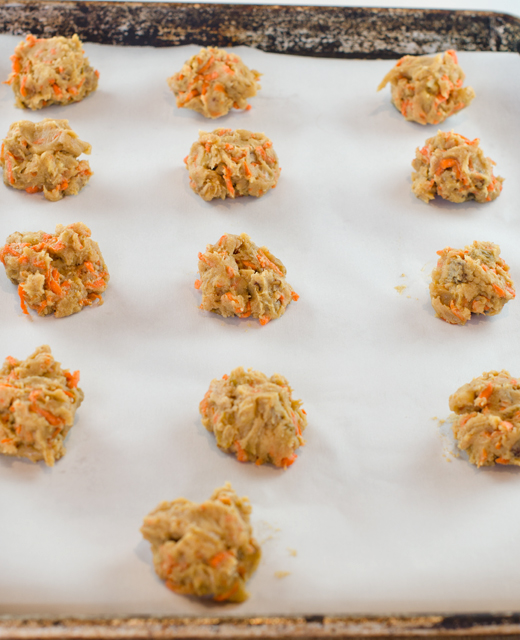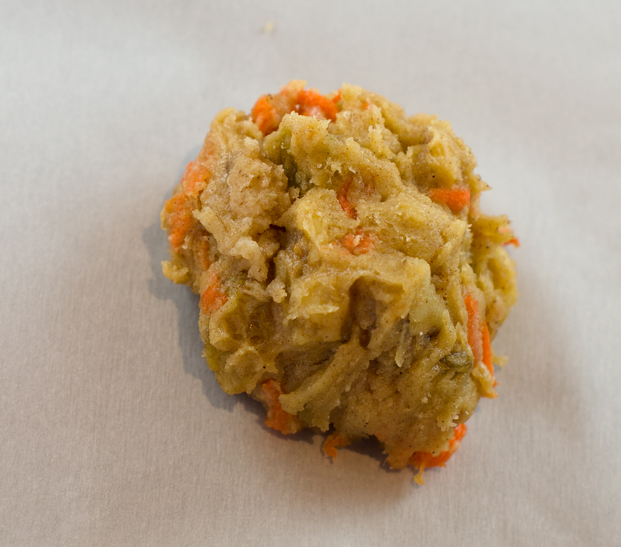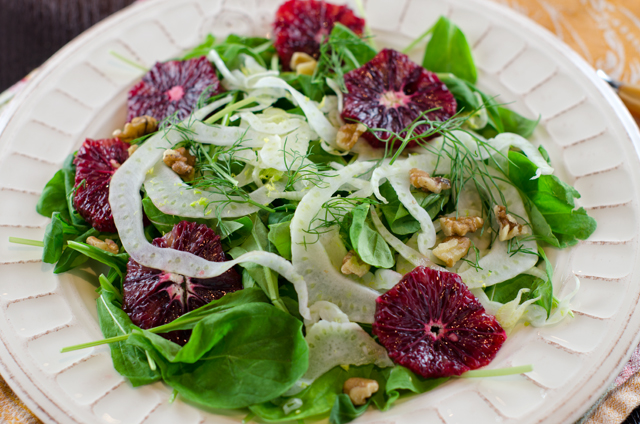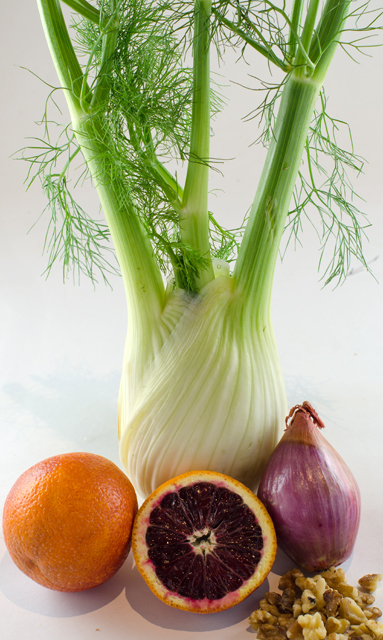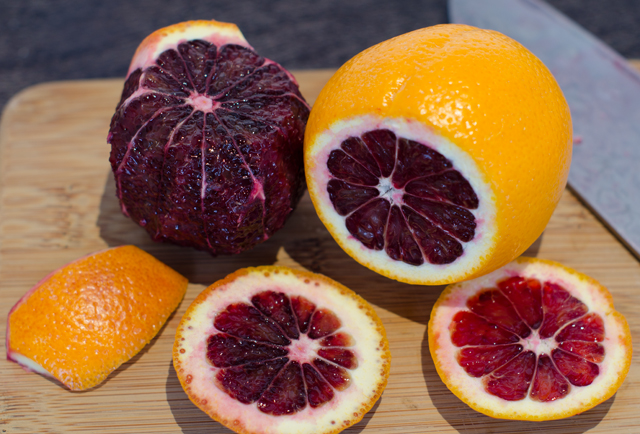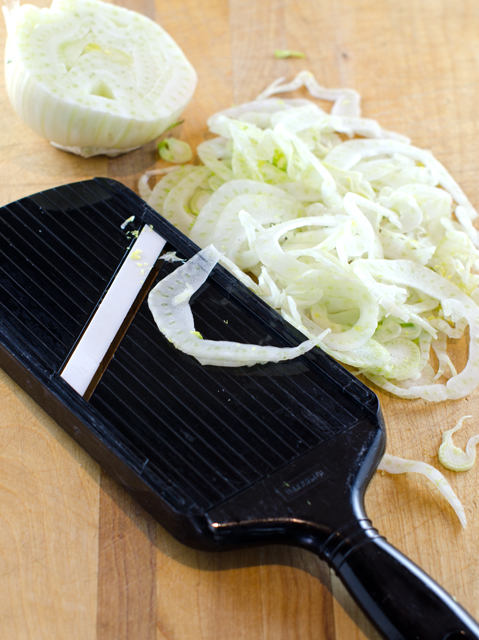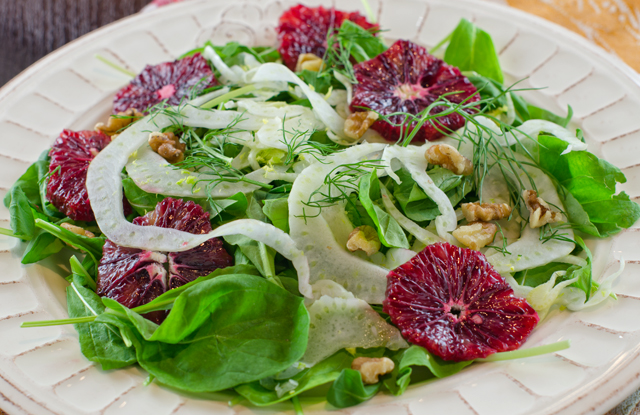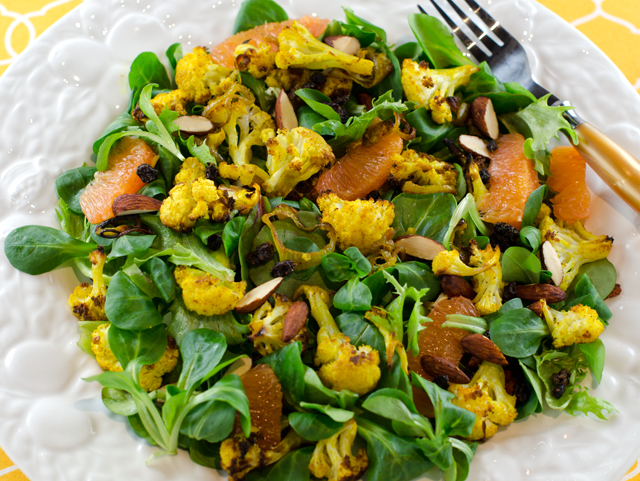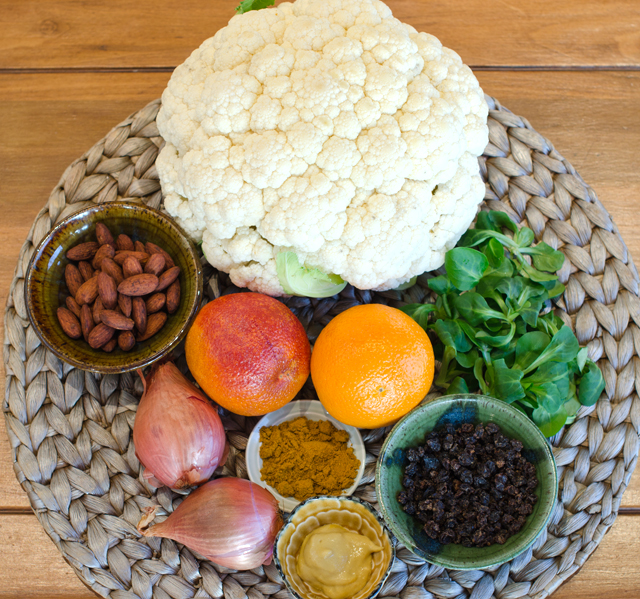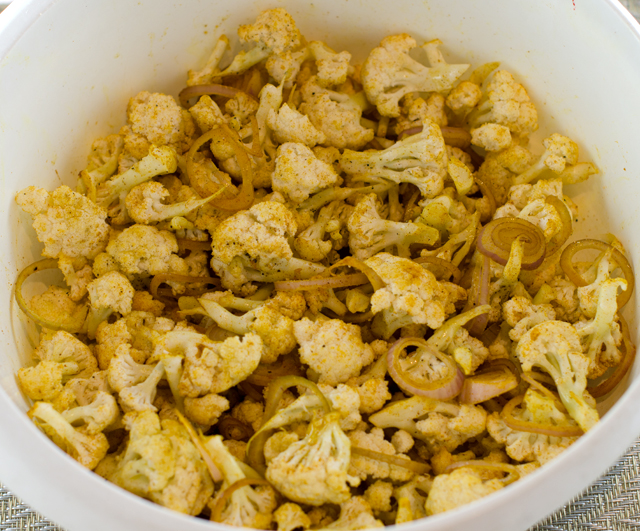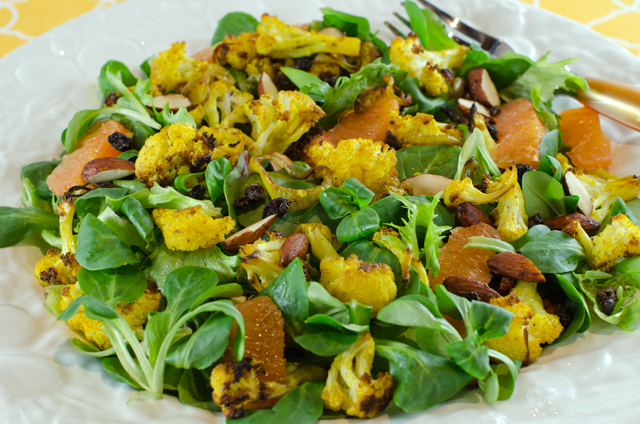 Carrot cake is hands down my favorite dessert. Not just any carrot cake, the legendary creation made popular by a Philadelphia restaurant of the late seventies and early eighties, Frog/Commissary. Frog was the more formal dining restaurant (we ate their once) and the Commissary was a cafeteria style establishment. The Frog Commissary cookbook was one of the first I owned and I am on my second copy, the first fell apart from constant use. I used many of the recipes over the years for parties and in my catering business. Though I don’t use it very much now (I should..), the recipes still feel as contemporary as they did over thirty years ago.
Carrot cake is hands down my favorite dessert. Not just any carrot cake, the legendary creation made popular by a Philadelphia restaurant of the late seventies and early eighties, Frog/Commissary. Frog was the more formal dining restaurant (we ate their once) and the Commissary was a cafeteria style establishment. The Frog Commissary cookbook was one of the first I owned and I am on my second copy, the first fell apart from constant use. I used many of the recipes over the years for parties and in my catering business. Though I don’t use it very much now (I should..), the recipes still feel as contemporary as they did over thirty years ago.
What can you say about a cake that uses a pound (4 cups) of carrots? Does that count as your vegetable for the day? The cake is cut into three layers and filled with a rich pecan cream concoction made with lots of butter, heavy cream and sugar. There’s always enough filling leftover for later to warm up a little to pour over ice cream. The tangy cream cheese and confectioner’s sugar frosting covers the cake and it is gilded with toasted coconut on the sides. I have never claimed to be a pastry chef, but I learned how to make icing “carrots” to embellish the carrot cakes I made. It was the first thing Joe ever made for me on my birthday, long before we were married. I must say I was more than a little impressed. Years later as a caterer I was asked to make this cake countless times, appearing as everything from the wedding cake itself to miniature carrot cake cupcakes on dessert buffets.
Coincidentally it is also the favorite cake of my brother. My brother and sister in law joined us for dinner to celebrate his birthday. My sister in law makes the cake for his birthday every year (a true gift of love!) Not wanting to duplicate her efforts, after all it can easily serve 12 people, I was looking for an alternative. Not just a reworking of the original recipe but something just a little different. Carrot cake bars? Too similar. Carrot cake ice cream? Interesting but that would need more time for experimentation.
I decided on a recipe for carrot cake sandwich cookies I found on the Epicurious website, originally published in the April 2004 issue of Gourmet magazine. It was a much reviewed (241 to be exact) recipe with most of the comments on the positive side. After reading some of the comments I did make a few simple changes to the recipe. First was to line the baking sheets with parchment rather than butter them, I thought it would solve the spreading problem many reviewers encountered and make it easier to transfer the cookies. I also refrigerated the cookies on the baking sheets for a half hour before baking, also because so many reviewers felt the cookies spread too much. The not overly sweet cream cheese and honey filling was perfect for the cookie. I just increased the honey to my taste, one-third cup. Unless all of your cookies are the same in size, one last suggestion would be to match up the base of the cookies size wise before filling them.
Carrot Cake Sandwich Cookies
Adapted from Epicurious
Makes about 2 dozen sandwich cookies
Ingredients for the cookies
- 1 1/8 c all purpose flour
- 1 t cinnamon
- ½ t baking soda
- ½ t salt
- ½ c unsalted butter (1 stick)
- 1/3 c plus 2 T packed light brown sugar
- 1/3 c plus 2 T granulated sugar
- 1 large egg
- ½ t vanilla
- 1 c coarsely grated carrots (about 2 medium)
- 1 c walnuts, chopped
- 1/2 c golden raisins
Ingredients for the filling
- 1 8 ounce package cream cheese
- 1/3 c honey
Directions
- Put oven racks in upper and lower thirds of oven and preheat oven to 375°F Line two large baking sheets with parchment paper.
- Whisk flour, cinnamon, baking soda and salt together in a bowl.
- Beat butter, sugars, egg and vanilla together in a bowl with an electric mixer at medium speed until pale and fluffy, about 2 minutes. Mix in carrots, nuts and raisin in with a wooden spoon or a mixer at low speed. Then add flour mixture and beat with mixer until just combined.
- Drop 1 ½T batter per cookie 2 inches apart on baking sheets and place sheets in the refrigerator to firm up for about ½ hour.
- Bake cookies, switching position of sheets halfway through baking, until cookies are lightly browned and springy to the touch, 12-14 minutes total. Cool cookies on baking sheet for a few minutes, then with a spatula move the cookies to racks to cool completely.
- For the filling: while the cookies are baking, blend cream cheese and honey with a mixer or food processor until smooth.
- Sandwich flat sides of cookies together with a generous tablespoon of cream cheese filling in between.
